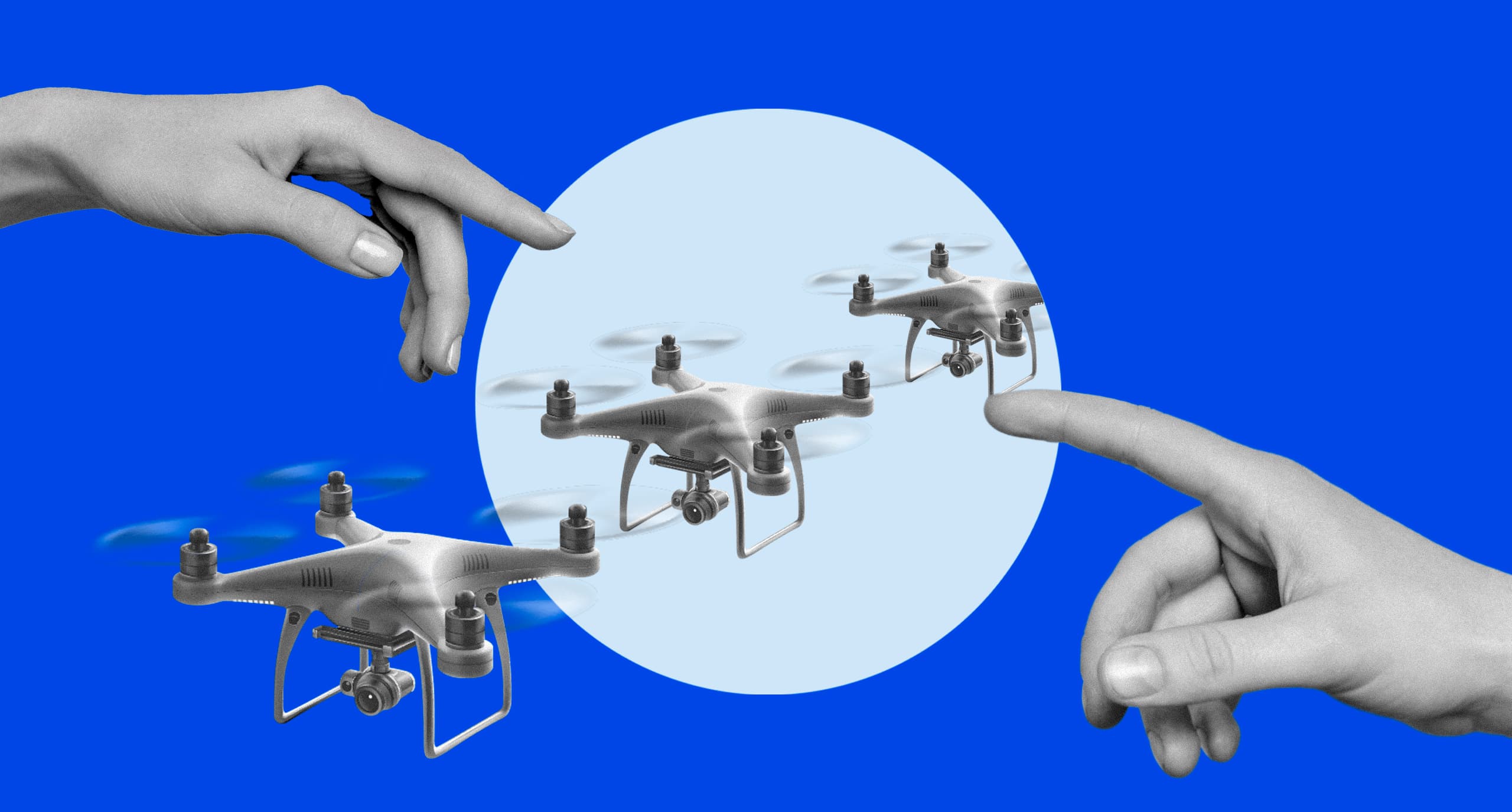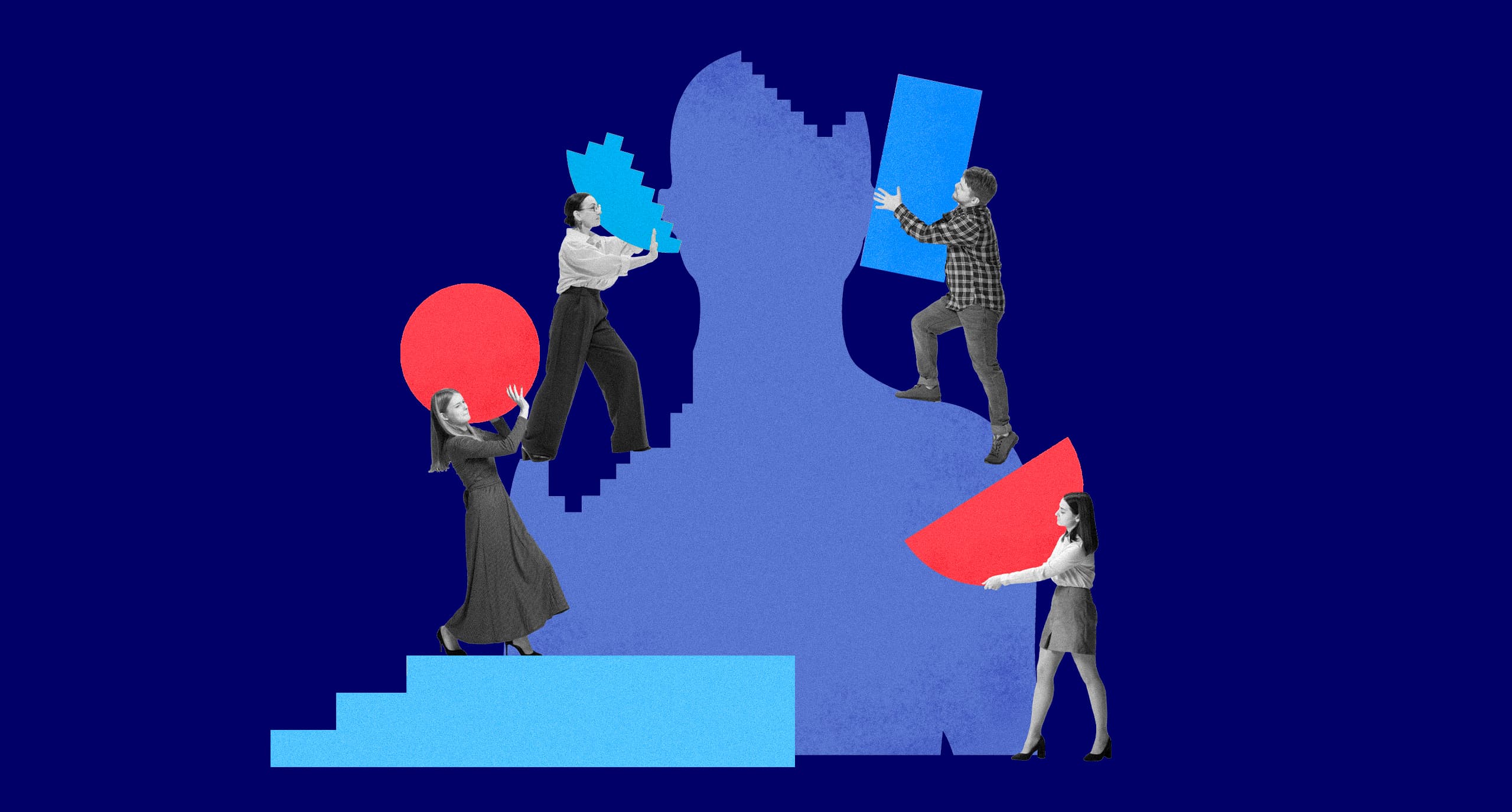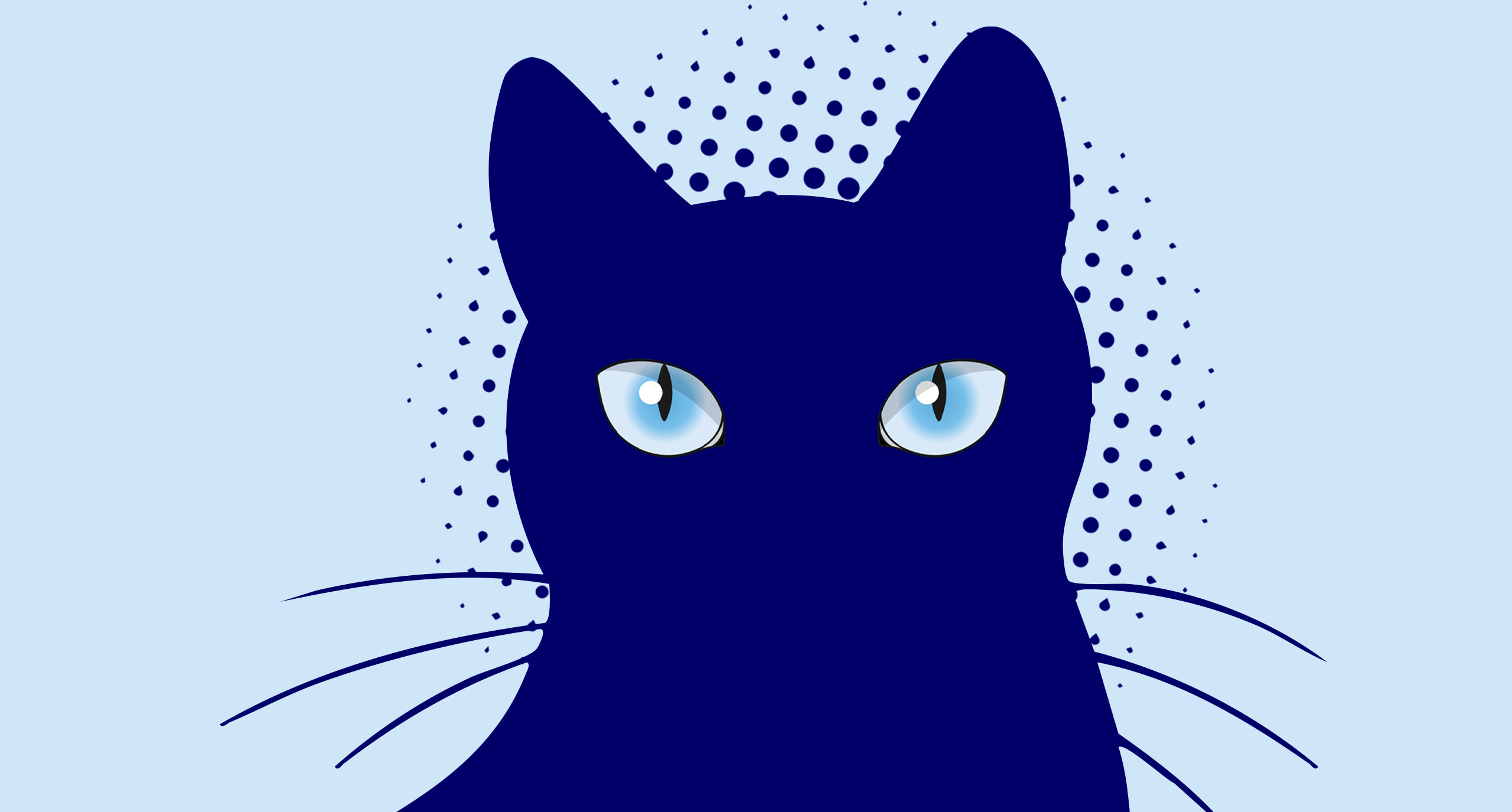29/03/2021
The world of design isn’t just limited to work in graphic design and architecture. Design-minded people have transferable skills that make them invaluable employees in the business and tech worlds. The challenge lies in finding your niche.
Not everyone is lucky enough to have one true calling and actually find it. Especially in the millennial and Gen Z demographics, being a multipotentialite—a term popularized by Emilie Wapnick’s 2014 Ted Talk to describe people who display aptitudes across multiple disciplines—is considered an asset. With a bit of innovative, outside-the-box thinking, everyone is capable of taking their skills, building on them and applying them to a variety of industries.
Design is king in the COVID-19 world, especially when it comes to startups. But design entrepreneurship doesn’t have to look like what it does in the traditional sense. As the business and workforce landscapes continue to change and adapt to the new normal, there’s a huge need for innovation in technology, coding, research, business, social innovation and more. All you need to find is the niche that works for you.
A new world of design opportunities
This is the time for thinking big. When people think of design, it mostly conjures images of graphic designers, architects or engineers. The reality is that trained designers have skills and creativity that can be applied to many different industries. Even students in fields that typically aren’t considered design-related can find their space in the design world. Being a designer gives job candidates a significant edge when it comes to starting and running a business.
What is design entrepreneurship?
Designers are often seen as natural entrepreneurs, thanks to their creativity and innate problem-solving skills. Design entrepreneurs don’t always find themselves in traditional design services, that consist of a client-to-entrepreneur relationship in which the client identifies a problem and hires a business owner to fix it.
Instead, entrepreneurs in the design world define the problems themselves, and bring to fruition a business venture from the problem’s solution.

AirBnB and Uber are two excellent examples of businesses born from design entrepreneurship. Both multi-billion-dollar tech companies identified blind spots in the world and built an innovative solution for them, which has then spurred the creation of other similar services, effectively creating an entirely new industry for even more creation.
At IE University, we pride ourselves on fostering an inspiring environment that allows students—no matter their disciplines of choice—to build on their entrepreneurial tendencies. The MBARCH Entrepreneurship Challenge allows forward-thinking and open-minded young professionals the opportunity to identify problems in society and the economy, and start the preliminary process of finding a solution. Winning students receive a scholarship towards tuition for the Master in Business for Architecture & Design at IE School of Architecture & Design.
A need for sustainable innovation
There’s been a huge uptick in demand for sustainable business innovation during the global health crisis of COVID-19. Shopping local and using recyclable materials when shipping orders are two of the more obvious ways to create a more sustainable lifestyle, but there are plenty of other areas where design-minded people are needed for some big thinking. This area is generally referred to as social innovation, which refers to design in social sectors like poverty alleviation, access to clean water, financial inclusion and equitable health services. Big-name organizations like the Rockefeller Foundation and the Bill and Melinda Gates Foundation, as noted by IDEO.org, look to designers for collaboration on projects for those most in need.

Big-name organizations like the Rockefeller Foundation and the Bill and Melinda Gates Foundation, as noted by IDEO.org, look to designers for collaboration on projects for those most in need.
Designers in business—it’s not what you think
Of course, businesses employ designers to help with traditional design products, like logos, visuals and other marketing materials. But there’s a relatively unknown, but growing, area of expertise known as business design. This kind of design involves the actual imagining of strategies, supply chains, business models and more. IDEO Design Thinking uses Google as an excellent example of business design disruptors and innovations. From the user perspective, Google was an innovative search engine helping make lives easier. What the company did was attach search results to advertising—the perfect example of business model innovation.
Transferable skills of design-minded people
Designers are known to be natural entrepreneurs and creatives, and are one of the most likely demographics to become self-employed. They are full of unique, innovative ideas that disrupt current ways of doing things, making them vital in an ever-changing world. To be a successful entrepreneur, you have to be a good people person.
Even in areas like sales, design-minded people are an asset because they are the ones who will understand, from a design perspective, the product being sold. They’re better able to translate the value of design into business jargon and, thus, make more sales. Similarly, when it comes to delegating tasks to a team and optimizing the communication process, someone with a design background is going to excel at the operational level. As the HuffPost says,
in the world where artificial intelligence is slowly taking over more and more jobs, the design skills are still going to remain in high demand.
Designers are natural problem solvers, too, taking their skills of identifying problems and finding solutions into any sector they go into. They’re human-minded, meaning they understand design from a user perspective, rather than just from the business side of things. This is advantageous when working on customer support problems or hiccups in business processes.
People with design backgrounds are future-oriented, with a unique ability to look at a product and predict how it will need to change, adapt or grow to fit future markets. Having that outlook is invaluable to a business trying to stay relevant as our business landscape continues to change.








